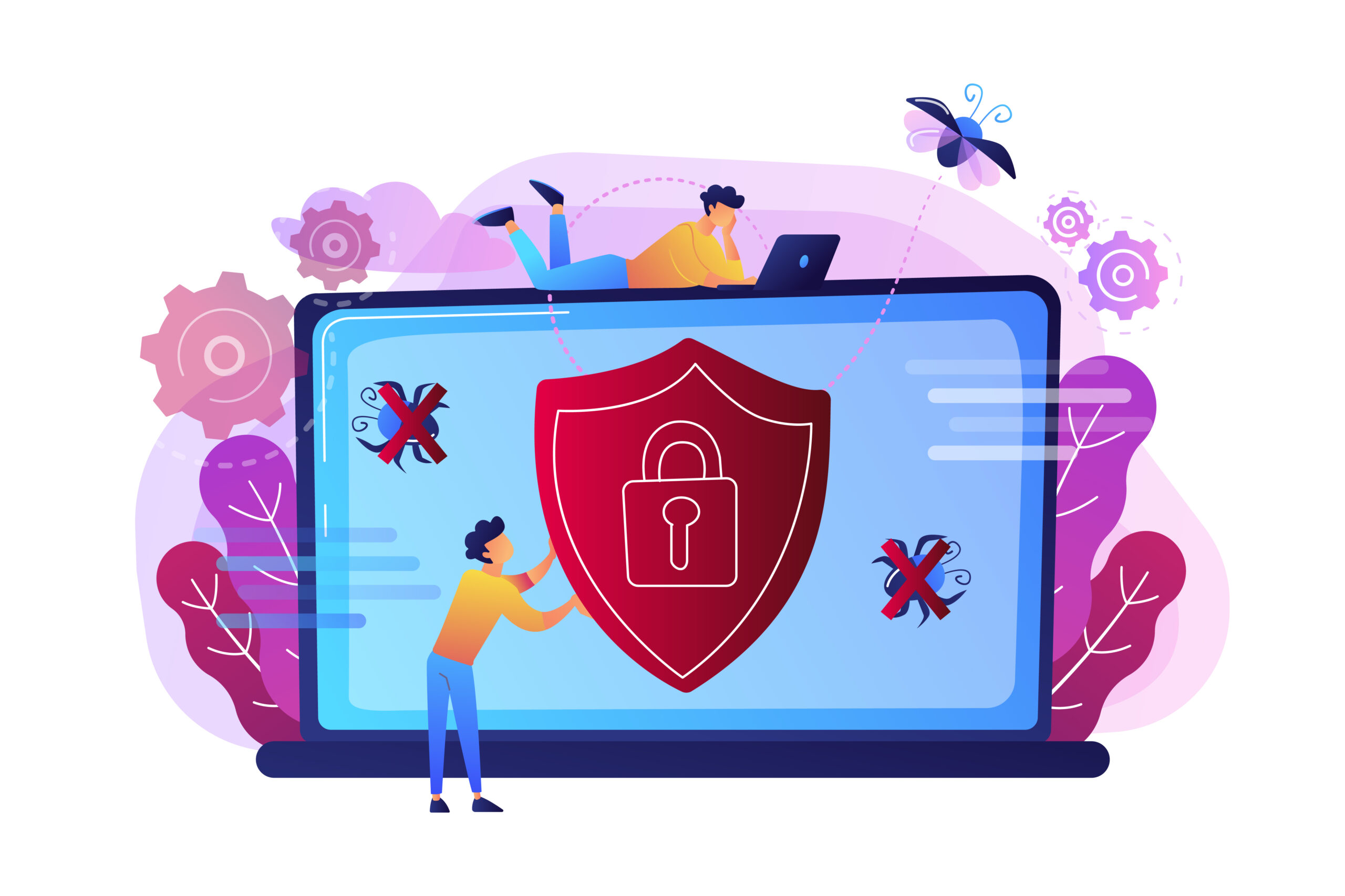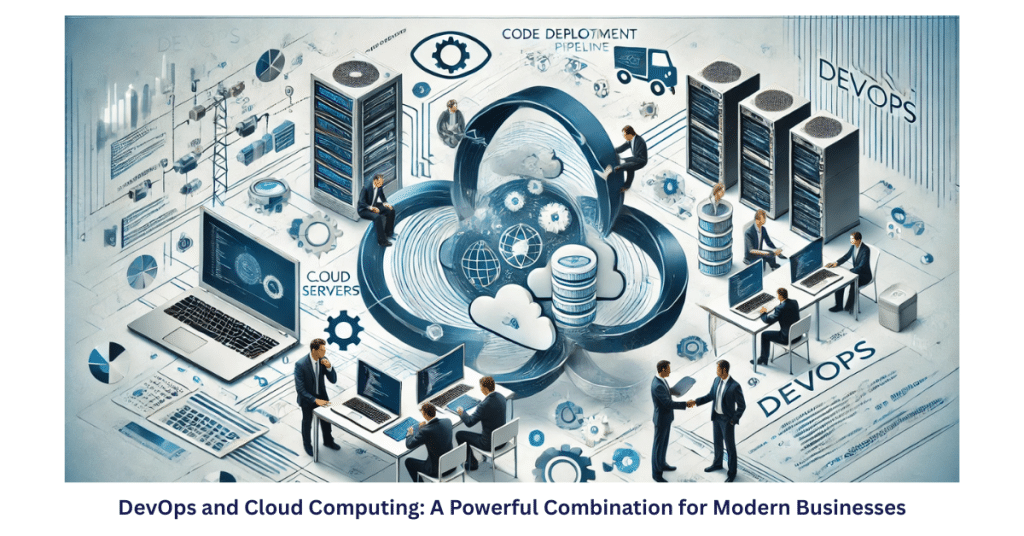Nowadays, In the world of digital environment, DevOps professionals must be aware of potential security threats that can compromise their systems, applications, and data. This blog highlights the top five security threats DevOps teams need to be aware of, including code injections, weak credentials, unpatched vulnerabilities, insufficient logging and monitoring, and insecure configurations. It also provides practical mitigation strategies to counter these threats, ensuring robust security practices are implemented within DevOps workflows.
As a DevOps professional, it’s important to recognise the security threats that could impact your systems, applications, and data. Here are the top five security threats DevOps teams need to be aware of:
Top five security threats the DevOps team need to know
- Attacks using phishing schemes: One frequent security risk that can result in data hacking is phishing attempts. Cybercriminals act as reputable companies in such attacks to fool people into disclosing private information like credit card numbers and passwords.
Attacks using phishing techniques can be especially harmful to DevOps teams. They can obtain data and development systems without authorisation, which might result in destructive supply chain attacks. An attacker might, for instance, deceive a team member into disclosing their login information to a vital system, which would provide the attacker access to the pipeline for continuous integration and delivery of malware. - Injection of Code:
Another major security risk that DevOps teams need to be careful of is code injection. This entails inserting malicious code into an application to abuse it. After that, the attacker can use the malicious code to steal confidential information or compromise the machine. Code injection attacks can be especially dangerous for DevOps teams. Such attacks have the potential to damage systems and apps, which might lead to data leaks and long downtime. - Incidents of Man-in-the-Middle:
Man-in-the-middle attacks are a kind of security risk in which an attacker secretly blocks and may modify communication between two parties. Numerous negative consequences, such as identity theft, data theft, and session hijacking, may result from this. Man-in-the-middle attacks provide particular difficulties for teams working in DevOps company. These attacks have the potential to compromise data and systems and possibly result in illegal code alteration. - Vulnerabilities in Containers:
For DevOps teams, container vulnerabilities present a serious security risk. One of the most important technologies in the DevOps industry is containers, which enable programs to be deployed reliably and quickly. It does, however, have a unique set of security threats, much like any other technology.These flaws can include the usage of unprotected images, software defects and misconfigurations, as well as more significant problems such as kernel hacks. If a container vulnerability is successfully exploited, an attacker might be able to gain control of the entire system.
- DDoS Assaults:
In the end, DevOps teams need to be aware of distributed denial-of-service (DDoS) attacks as a serious security risk. In these attacks, a production environment is overloaded with traffic to the point that users are unable to access it.
DDoS attacks can be very damaging for DevOps teams. Not only may they cause an extensive amount of downtime, but they can also cost the company money and harm its reputation.
How to Mitigate These DevOps Security Threats
- When planning, give security first consideration:
Make sure the cybersecurity policy provided by your DevOps team is transparent, understandable, and aligned with your beliefs. Finding and fixing vulnerabilities early on is much simpler and cheaper than waiting till later. Ensure that your application’s DevOps team does early and comprehensive automated security testing. - Put in place network filtering and rate limiting:Finally, it’s critical to put rate limitations and network filtering into place to reduce the danger of DDoS attacks. Rate restriction is limiting the number of requests a user may submit to the application in a given amount of time. On the other hand, network filtering entails preventing traffic from specific IP addresses or ranges that are known to be connected to denial-of-service attacks. This can lessen the effects of a DDoS attack and safeguard the application’s accessibility.
- Check Containers Regularly for Vulnerabilities:
It’s critical to routinely scan containers for vulnerabilities to defend against them. To do this, technologies that can evaluate the containers and detect any possible security issues must be used. DevOps teams may identify and fix issues before an attacker can exploit them by routinely scanning containers. - Apply input validation and sanitization in applications:
To stop code injection attacks, applications should use input validation and sanitization. Before the application processes the data, input validation entails ensuring that the user-provided data satisfies specific requirements. On the other hand, input sanitization entails sanitising the data to get rid of any potentially dangerous components. By doing this, the application may be protected from the execution of harmful code. - Use SSL/TLS and HTTPS Encryption for Data Transfer:
For data in transit, it’s critical to use HTTPS and SSL/TLS encryption to prevent man-in-the-middle attacks. This makes sure that all information passed between the user and the application is encrypted, which significantly raises the difficulty of data interception and decoding by an attacker. - Make sure it’s easy to understand your security policy:
Here, complexity is your enemy! Verify the simplicity of your DevOps documentation. Both a DIRP (data incident response plan) and a WISP (written information security plan) should be in place. The major objective is to ensure that it is easy enough for you to remember everything at all times and that it is clear and concise. These documents are useless when they are more than a few pages. They also constitute a barrier since you are unable to recall the entire text.
Staying ahead of security threats is crucial for DevOps teams to maintain the integrity and reliability of their systems. By understanding and mitigating the top five security threats code injections, weak credentials, unpatched vulnerabilities, insufficient logging and monitoring, and insecure configurations DevOps consulting professionals can protect their environments from potential breaks. Implementing strong security measures and utilising the right tools will help secure applications and data, and boost a more secure DevOps ecosystem.




